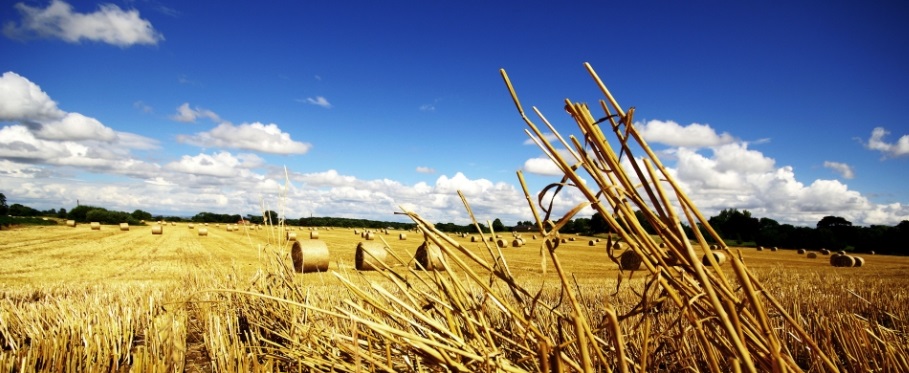Both, China's export volume and value of herbicide formulations have shown a double-digit growth in 2017. This trend demonstrates the efforts of China’s manufacturers to transform from cheap pesticide technical suppliers to value-added formulation exporters.

The export situation of China's pesticides has undergone significant changes in the past years, shifting the share of pesticide formulations into bigger parts on the cost of pesticide technical. Hence, the proportion of formulation exports has increased year by year. China’s manufacturers see the trend as a chance to get higher margins by value-added products and more players are getting into the market to claim their share.
According to trade intelligence firm Tranalysis, after going to a crisis in 2016, Chinese pesticide market started to recover in 2017. Along with rising and production, the pesticide exports saw year on year rises in volumes, prices and value as well. To be more specific, herbicide formulation exports reported 17.61% increase YoY in volumes, while the value was even able to climb by 34.65% from 2016 to 2017.
As the first and the last quarter of a year are traditionally the peak seasons for pesticide exports, Q4 saw the most significant rises in China as well. In the last three months, the export value and volume grew significantly higher than the average, showing numbers of 45.4% growth in volume in October 2017 and 84% growth in value in November.
What’s more, the top 10 export destinations of China’s herbicides formulation imported slightly under 650 thousand tonnes from China in 2017. The combined volume of this export reached a share of 57.1%, the value around 56.5%. The top 3 importin nations have been Australia, Thailand and Nigeria.
China’s pesticide export trend
Pesticide exports from China have been growing steadily in recent years. The growth is supported by the lower production cost advantage Chinese producers have in comparison to many western counterparts.
China’s manufacturers are mainly exporting pesticides technical in international markets, due to the tax rebate gap between those and formulations. This issue is a long-time thorn in the eyes of China’s industry, lowering motivation for value-added processing of technical into formulations and slowing down a healthy development.
However, several government departments are working on suggestions on higher pesticide formulations tax rebates, which, after implemented, will likely lead to a surge of exports, a better competitiveness in international markets, and new investments as well as innovations in technology.
China was seen traditionally as a large exporter of low-value pesticides. Value-added pesticide formulations were rarely seen in international markets. However, huge enhancements in production technology and investments in pesticides formulations by Chinese manufacturers are going to switch the situation. One of the main reasons for Chinese producers to stick to pesticide technical is the higher export tax rebate for those.
In 2011-2016, the export volume of pesticide technical declined while formulations increased. However, although the export proportion of pesticide formulations kept rising in these years, from 36% to 43%, pesticide technical still took the principal position in China's pesticide exports. Currently, the country's export value of pesticide technical is still larger than formulations. In this context, domestic enterprises are regarded as suppliers of low-priced products in the international market.
According to Tranalysis’ research, the export tax rebate of pesticides technical was increased the last time in December 2014 to 13% from 9%. The rate for formulations, however, remained on 5% as it has been before.
About the article
The information for this article comes from Tranalysis, China’s leading trade intelligence provider for thousands of commodities in the fields of agriculture, chemicals, food and feed.
Get regular insights in the import and export of herbicides worldwide by subscribing to Tranalysis Trade Data.
Take part in the discussion by joining our groups on LinkedIn and Facebook.
Follow Tranalysis on Twitter: @Tranalysis2001